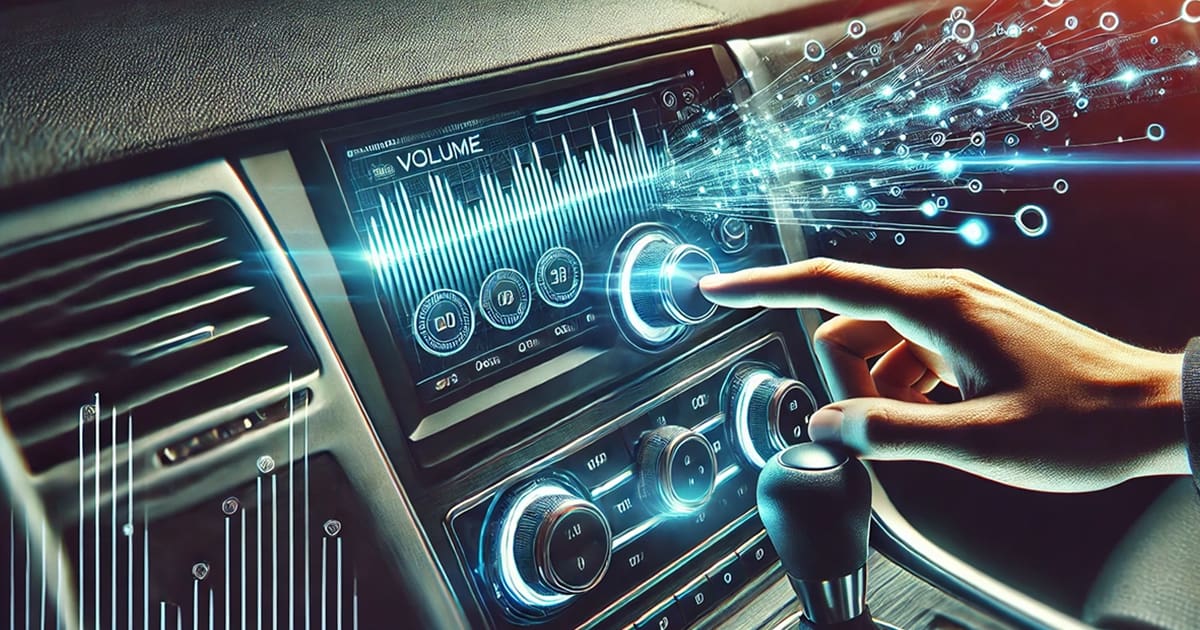A few weeks ago, one of the major head unit manufacturers announced they would include a TOSLINK digital output on their new flagship source unit. Most of us know that digital signals are effectively impervious to noise and aren’t affected by cable losses. Pure digital signals sound better than analog counterparts when used with a high-quality digital signal processor.
Potential Drawbacks to Digital Volume Controls
One feature of this new head unit is that the radio’s volume control works on the digital output. This isn’t the first time this feature has existed, as Clarion offered it over a decade ago on the NX706 multimedia receiver.
Pundits claim that volume adjustments in the digital domain are detrimental to the audio signal, especially at low amplitudes. The theory with digital volume adjustment is that low-amplitude signals might be lost when the volume level is low. While we understand their perspective, we figured a practical approach to testing the theory was better than making a blanket statement based on theory alone.
We’ll use Billie Eilish’s You Should See Me in a Crown as the test track for this article. This song has a maximum recording level of 0dB FS, an RMS average level of -12.41 dB FS, and a minimum amplitude of -76.2 dB FS. For those that haven’t read our articles on the decibel scale, dB FS refers to the Full Scale recording level, or more specifically, the highest level that can be recorded without the signal distorting.
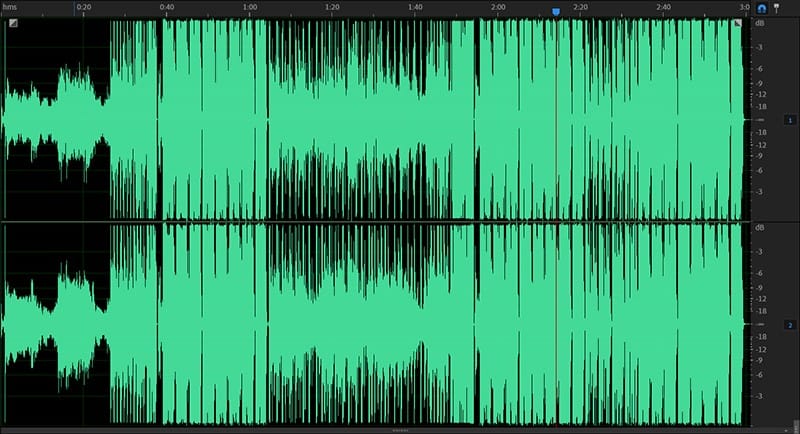
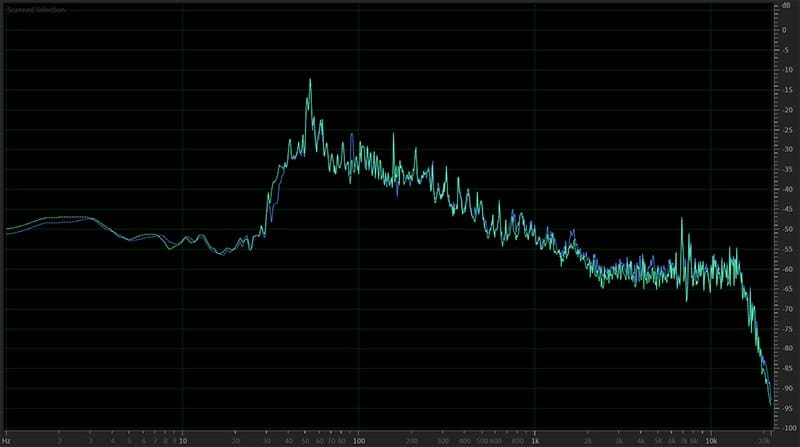
As you can see from the amplitude waveform, this is a relatively typical modern track, and the peaks are all quite loud. This represents the majority of contemporary music.
Turn the Volume Down
Let’s say our car audio system is quite powerful and uses high-quality speakers. As such, it can reproduce the track at a volume level of 100 dB SPL. For those unfamiliar with SPL levels, this would be painfully loud and cause hearing damage. Yes, audio systems designed to exaggerate bass frequencies can play MUCH louder, but this would be loud for a regular “street” system.
Let’s turn the volume down to a reasonably quiet level—say 48 dB quieter. This would theoretically produce a maximum SPL of just over 50 dB. That’s much quieter than the background noise in any car or truck on the highway. Still, it serves our purpose of evaluating an extreme example of what might happen to the audio signal in the digital domain. Let’s attenuate the signal by 48 dB.
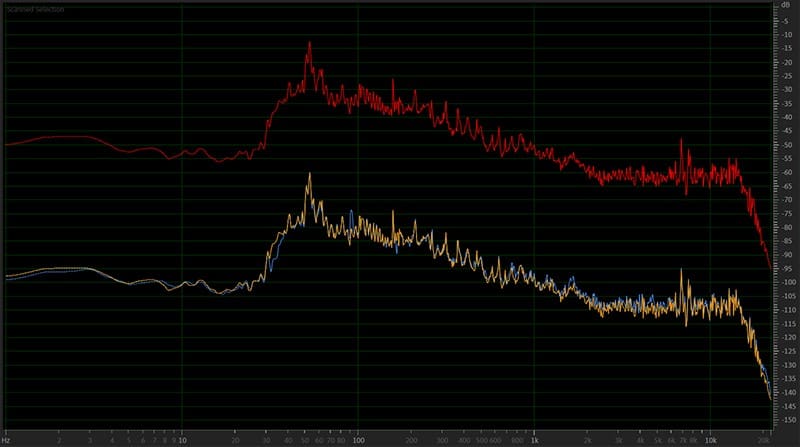
If you compare the attenuated signal (adjusted in the digital domain, just like a volume control would), you can see that it looks the same as the original.
The Proof is in the Pudding
While it’s easy to say that the waveform looks the same, it’s better to prove it. How about we boost the signal by 48 dB, then compare it to the original track by subtracting the attenuated-then-boosted version from it?
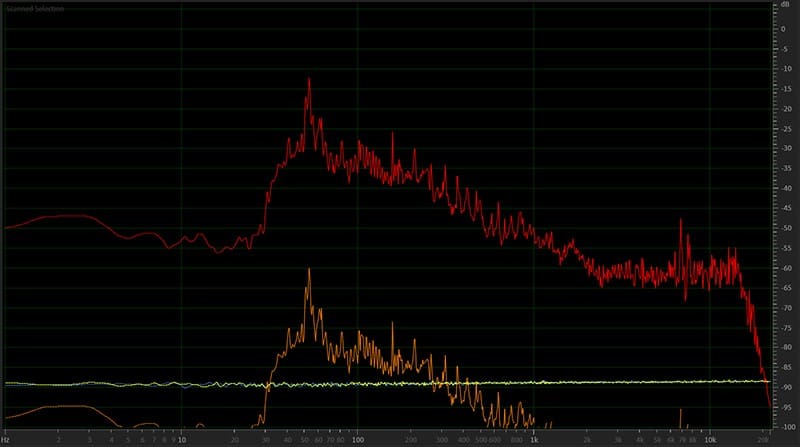
The results are definitive. The difference is noise. Very low-level noise. None of the audio information was lost. Why is that?
The dynamic range in a 24-bit system is incredibly wide. The maximum theoretical noise floor is at -144 dB FS. If we attenuate a track with 73 dB of dynamic range by 48 dB, we only get to -121 dB FS. We still have more than 20 dB of dynamic range remaining.
More For the Naysayers
Now, what if we have a track with significantly more dynamic range? Would the lowest-level signals be lost if we turned the volume down very low? Absolutely! However, other factors would be more detrimental to the signal. Let’s say you have a song with 90 dB of dynamic range, and your audio system is playing the peaks at 100 dB SPL. The quietest parts of the track are at 10 dB.
However, most amplifiers and signal processors have about 80 dB of signal-to-noise ratio. So, that information would have already been buried in noise.
The background noise level of a quiet modern car or truck at idle is well into the 40 to 45 dB SPL range. On the highway, you are into the 70 dB SPL range for a quiet vehicle and nearly 80 for something with a sporty exhaust. You’d never hear that lost information. Even a quiet listening room at home is louder than the audio information that might be lost.
The bottom line is that this isn’t something to worry about.
Preamp and Source units with Digital Outputs
Several preamp interfaces from companies like Axxess, PAC, mObridge, NAV-TV and iDatalink include TOSLINK digital outputs. To our knowledge, nobody has ever complained about those being detrimental to the audio signal.
If you are looking for the cleanest signal available to feed audio into a stand-alone or amplified digital signal processor, visit a local specialty mobile enhancement retailer and ask what they have available in terms of source units or preamp interfaces that include a TOSLINK SPDIF output.
This article is written and produced by the team at www.BestCarAudio.com. Reproduction or use of any kind is prohibited without the express written permission of 1sixty8 media.
